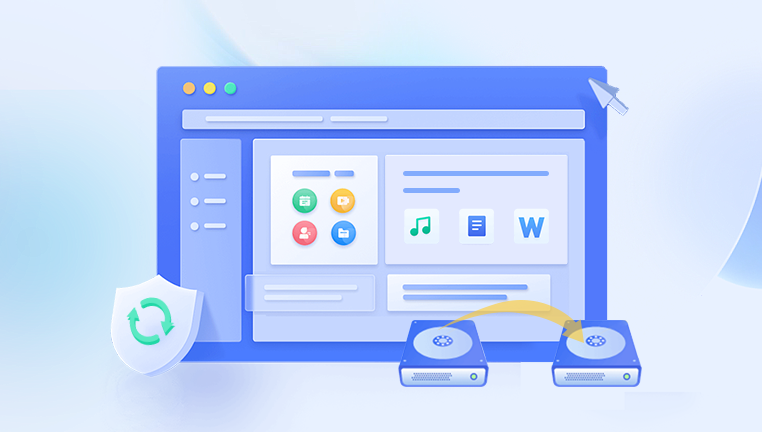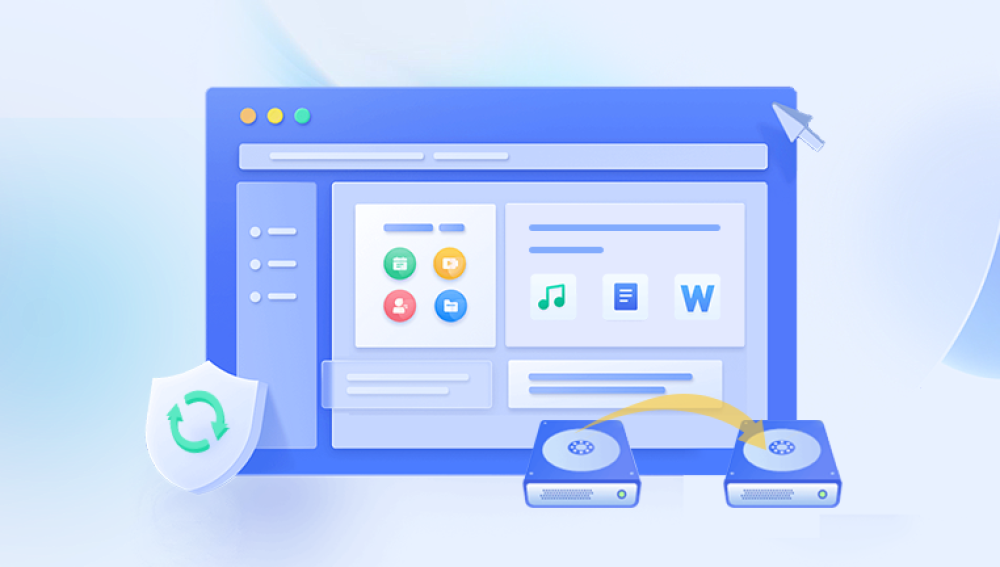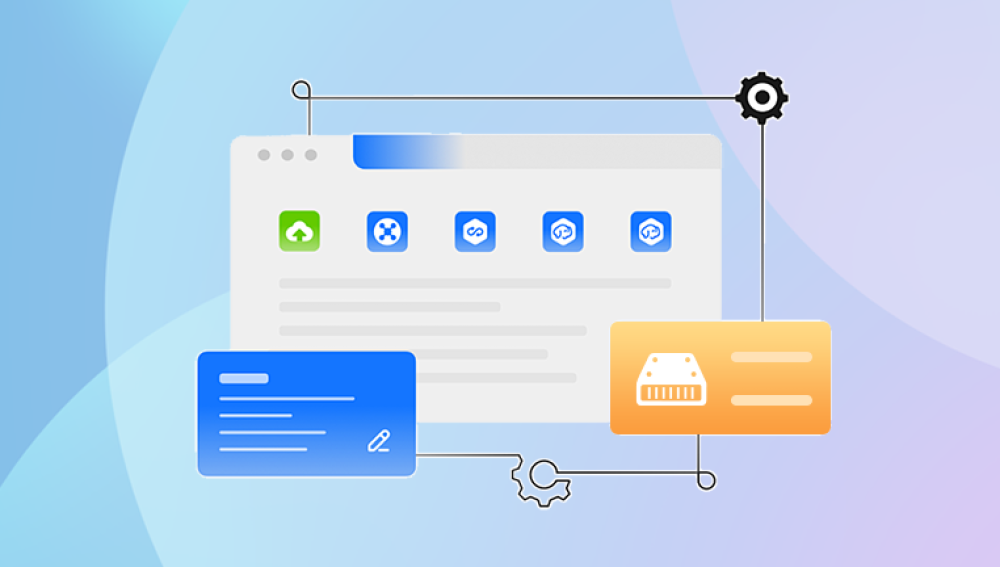I. External hard disks
External hard disks are widely used to store large amounts of data, such as photos, videos, documents, and more. However, like any other storage device, they can encounter various problems, including physical and logical errors. When an external hard disk malfunctions, it can be a frustrating experience, especially if the data on it is important.
II. Common Problems with External Hard Disks
Logical Errors
File System Corruption: The file system that organizes and manages the data on the hard disk can become corrupted due to improper ejection, power outages, or software glitches. This can lead to errors when accessing files or directories.

Virus or Malware Infections: External hard disks are often connected to different computers, making them vulnerable to virus and malware attacks. These can damage the data or the file system on the disk.
Accidental Deletion or Formatting: Users may accidentally delete important files or format the external hard disk, resulting in data loss.
Physical Errors
Connection Issues: Loose or damaged USB cables, or problems with the USB port on the computer or the hard disk itself, can prevent the hard disk from being recognized.
Hard Disk Drive Failure: The internal mechanical or electronic components of the hard disk, such as the motor, spindle, or controller board, can fail over time due to wear and tear, physical shock, or overheating. This can cause the hard disk to make unusual noises and stop working.
Power Supply Problems: If the external hard disk requires an external power source, a faulty power adapter or a problem with the power connection can prevent the disk from functioning properly.
III. Software - Related Repairs
Check and Repair File System Errors
Windows: On Windows, you can use the built - in Chkdsk (Check Disk) utility. Plug in the external hard disk, open the Command Prompt as an administrator, and type "chkdsk X: /f" (where X is the drive letter of the external hard disk). This will check for and fix any file system errors.
Mac: On a Mac, you can use Disk Utility. Open Disk Utility, select the external hard disk, and click on the "First Aid" button to repair any disk errors.
Scan for Viruses and Malware
Use a reliable antivirus software to scan the external hard disk. Most antivirus programs have a feature to scan removable drives. Make sure to update the antivirus definitions before scanning to ensure that the latest threats can be detected and removed.
Recover Deleted Files or Formatted Data
There are several data recovery software available, such as EaseUS Data Recovery Wizard, Recuva, and Disk Drill (for Mac). These programs can scan the external hard disk for deleted files and attempt to recover them. However, it's important to note that the success of data recovery depends on various factors, and it's best to stop using the hard disk immediately after data loss to prevent overwriting of the deleted data.
IV. Hardware - Related Repairs
Check the Connection
Inspect the USB cable for any signs of damage, such as frayed wires or a loose connector. Try using a different USB cable to see if the problem is resolved. Also, check the USB port on the computer by plugging in another device. If the port is not working, try using a different USB port or have the port repaired.
Check the Power Supply (if applicable)
If the external hard disk has a separate power adapter, check if the adapter is working properly. You can use a multimeter to measure the voltage output of the adapter. If the voltage is incorrect or the adapter is not providing any power, replace the power adapter. Also, make sure the power cable is securely connected to the hard disk and the power source.
Inspect the Hard Disk Drive
If the external hard disk is making unusual noises, such as clicking or grinding sounds, it may indicate a problem with the internal hard disk drive. In this case, it's best to consult a professional data recovery service or a hard - drive repair specialist. Opening the hard disk drive enclosure without proper knowledge and equipment can cause further damage. However, if you are confident and have the necessary tools, you can carefully open the enclosure and check for any visible signs of damage, such as a loose connection or a damaged circuit board. If you find any issues, you may be able to replace the faulty component, but this requires some technical skills.
V. Advanced Repairs and Considerations
Firmware Update
Some external hard disks may have available firmware updates that can fix bugs and improve performance. Check the manufacturer's website for any available firmware updates for your specific model of the external hard disk. Follow the provided instructions carefully to update the firmware. However, be cautious when performing a firmware update, as a failed update can potentially brick the hard disk.
Replacing the Controller Board
If the controller board of the external hard disk is faulty, it can cause the disk to be unrecognized or have read - write errors. In some cases, it may be possible to replace the controller board. However, this requires finding a compatible controller board and carefully removing and replacing the existing one. It's a relatively advanced repair that should be done by someone with experience in electronic repairs.
Data Recovery Services
If you have important data on the external hard disk and are unable to recover it using software - based methods, you may consider using a professional data recovery service. These services have specialized equipment and techniques to recover data from damaged hard disks. However, data recovery services can be expensive, and the success of the recovery depends on the extent of the damage to the hard disk.
VI. Preventive Measures
Proper Handling and Storage
Handle the external hard disk with care, avoiding physical shocks and drops. Store it in a cool, dry place away from heat sources, moisture, and magnetic fields.
Regular Backups
Make regular backups of the data on the external hard disk to another storage device or cloud storage. This way, if the hard disk fails, you won't lose all your data.
Eject Properly
Always eject the external hard disk properly from the computer before unplugging it. On Windows, right - click on the Safely Remove Hardware icon in the system tray and select the external hard disk to eject. On Mac, drag the disk icon to the Trash (which acts as the eject button).
Keep Software Updated
Keep your operating system, antivirus software, and other relevant software updated to ensure that they can handle any potential issues with the external hard disk effectively.




